Fairies
The Myths, Legends, & Lore
SKYE ALEXANDER

Avon, Massachusetts
DEDICATION
In memory of Robert Norris, fellow writer and friend,
who loved life and lived it fully.
Contents
INTRODUCTION
Fascinating Fairies
Of all the minor creatures of mythology, fairies are the most beautiful, the most numerous, the most memorable.
 Andrew Lang
Andrew Lang 
The ancient Greeks called them nymphs. The Irish called them the little people. The Persians called them peris. Wherever you go on this planet youll hear fairy tales of magical and mysterious beings, some no bigger than your hand and some taller than the redwoods. They fly through the air, tunnel deep into the earth, splash about in the seas, even flicker in candle flames. These awesome creatures have played a prominent role in the lives and legends of mortals since the beginning of time, and they still do.
In recent years, it seems as if fairies are everywhere. Were inundated with big-budget films, TV shows, and enough merchandise to fill every palace in fairylandall devoted to fanciful beings who may or may not actually exist. What is it about fairies that keeps us in their thrall?
Like mermaids and dragons, fairies intrigue us because theyre so complex. Some are bewitchingly beautiful, others are ugly enough to shatter mirrorsand just to keep us confused, they can change the way they look to appear however they want to be seen. Capricious characters, fairies embody good and evil, innocence and passion, playfulness and treacherythe juxtaposition of opposites is part of their appeal. We just never know what to expect from them, or what theyll do next. Will the fey give us pots of gold or turn us into toads? The risk entices us, as a flame entices moths. We also envy their freedom and power. Fairies dont have to abide by the rules of mortals; they can come and go as they pleaseeven disappear entirely whenever they want. They possess an arsenal of magical abilities that enable them to overcome obstacles, enjoy wealth and longevity, and amuse themselves at the expense of humans. And if they really want to show whos boss, they can conjure up a hurricane or an earthquake faster than we can send a text. Of course, we also have them to thank for rainbows, flowers, and the changing leaves in autumn. Think how much duller the earth would be without the fairies!

Another reason we love fairies is because they take us out of our ordinary, everyday existence and whisk us away to fantastic places where anything can happenand does. In the process, they show us different ways to view the world and what else can befall us in it. Furthermore, they challenge us to discover our own magic and to use our powers creatively.
In this book, youll meet all sorts of fairies from around the world, including some who will surely surprise you. Youll also hear tales from people whove had close encounters with pixies, elves, or other spirits. Plus youll learn ways to attract fairy companionsor get them to stop playing tricks on you. As you revisit the fairy tales and legends included here, youll not only gain insights into the fey, but into yourself as well. You might even find you have a bit of fairy blood flowing in your veins.
PART ONE
The Fairy Realm

[The children] made wreaths of flowers and hung them upon the tree and about the spring to please the fairies that lived there; for they liked that, being idle innocent little creatures, as all fairies are, and fond of anything delicate and pretty like wild flowers put together that way. And in return for this attention the fairies did any friendly thing they could for the children, such as keeping the spring always full and clear and cold, and driving away serpents and insects that sting; and so there was never any unkindness between the fairies and the children during more than five hundred years.
Mark Twain, Joan of Arc
CHAPTER 1
Meet the Fairies
If we opened our minds to enjoyment, we might find tranquil pleasures spread about us on every side. We might live with the angels that visit us on every sunbeam, and sit with the fairies who wait on every flower.
Samuel Smiles
Magical, mysterious, and mischievous, fairies never fail to enchant us. But what are they really? Most people consider fairies the products of human imaginationcartoon characters in animated movies or charming creatures in stories we read to children at bedtimeand unless youre under the age of six, you probably dont believe they exist. Or, if youre into fantasy games, you might think of fairies as personae you can assume in order to engage in mock battles with other pseudo-fairies. But if you delve a little deeper, youll discover that all sorts of fanciful folk have populated the fairy world for thousands of yearsand theyre as diverse as the animal species who inhabit our planet. In this book well speak of them generically as fairies, but these wondrous beings go by lots of different names: elves, pixies, dwarfs, and leprechauns, to name just a few. Lets meet some of them now.
A Fairy by Any Other Name
Back in the days when life was much more mysterious and people believed in an enchanted world, mortals feared offending the fairies who might cast spells or inflict curses on a whim. Calling a powerful supernatural being by its real name was considered disrespectful, so humans referred to fairies in euphemistic terms such as the Good People, the Gentry, the Shining Ones, and the Neighbors.
The English word fairy (or faery) may have come from the Latin fatum, meaning fate, as did the French derivative fe, the Italian fata, and the Spanish fada. Middle English used the term faierie (faeire in Old French) to refer to the land of enchantment and its inhabitants; today we call it Faerie. Of course, each culture not only had its own names for fairies, it also recognized various types of fairiesmany of whom youll meet in the following chapters. Certain of these fascinating beings, however, show up in the myths and lore of numerous countries, suggesting that either some fairy species reside in lots of different places or that as people migrated they brought tales of fairies with themperhaps both.
Although flying fairies dominate the scene today, they didnt really become popular until the Victorian era. Instead, early legends in Europe, Britain, and Ireland tended to focus on the following fairy folk, whom well discuss more in .
- Pixies
- Elves
- Dwarfs
- Trolls
- Hags
- Leprechauns
- Goblins
- The Sidhe
Moyra Doorly, author of No Place for God and The Council in Question, dislikes the term fairy because it connotes the whimsical, saccharine-coated characters that decorate little girls lunchboxes and T-shirts. She prefers to call these magical beings nature spirits because in all my encounters with them I saw nothing resembling Tinkerbell.
Elementals
When magicians talk about the elements, they dont mean the periodic table you learned about in school. Theyre referring to the four elementsair, earth, water, and firethat make up the natural world and beyond. Since ancient times, myths and legends have spoken about supernatural beings who fly through the air, burrow beneath the earth, or swim in the oceans depths. But these magical creatures dont simply reside in these regions; they serve as guardians and ambassadors of their respective realms. Some people might describe them as energetic forces rather than specific entities, and they go by different names in different mystical traditions. In Eastern mysticism, divine beings known as devas (similar to angels or minor deities) direct the nature spirits. In the fairy world, the three most popular elementals are known as sylphs, sprites, and water nymphs. Fire fairies called salamanders also show up from time to time, but theyre less prevalent.




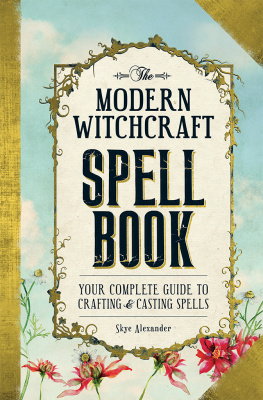


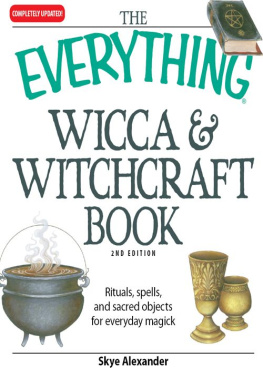
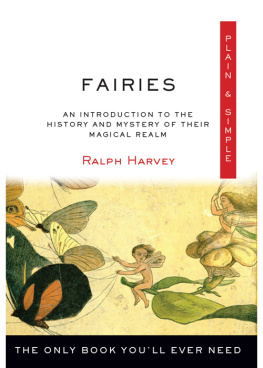


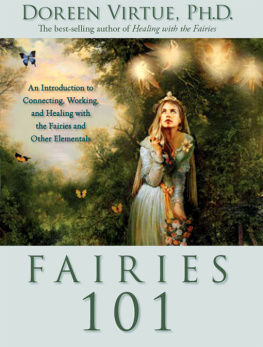


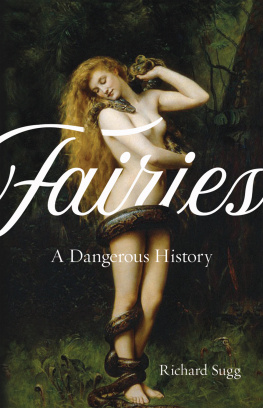
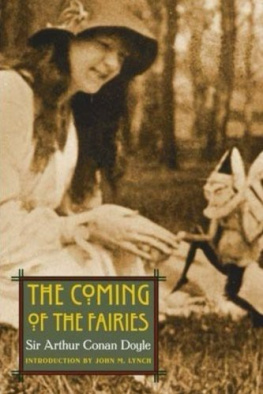
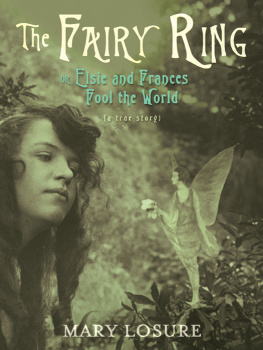

 Andrew Lang
Andrew Lang 

